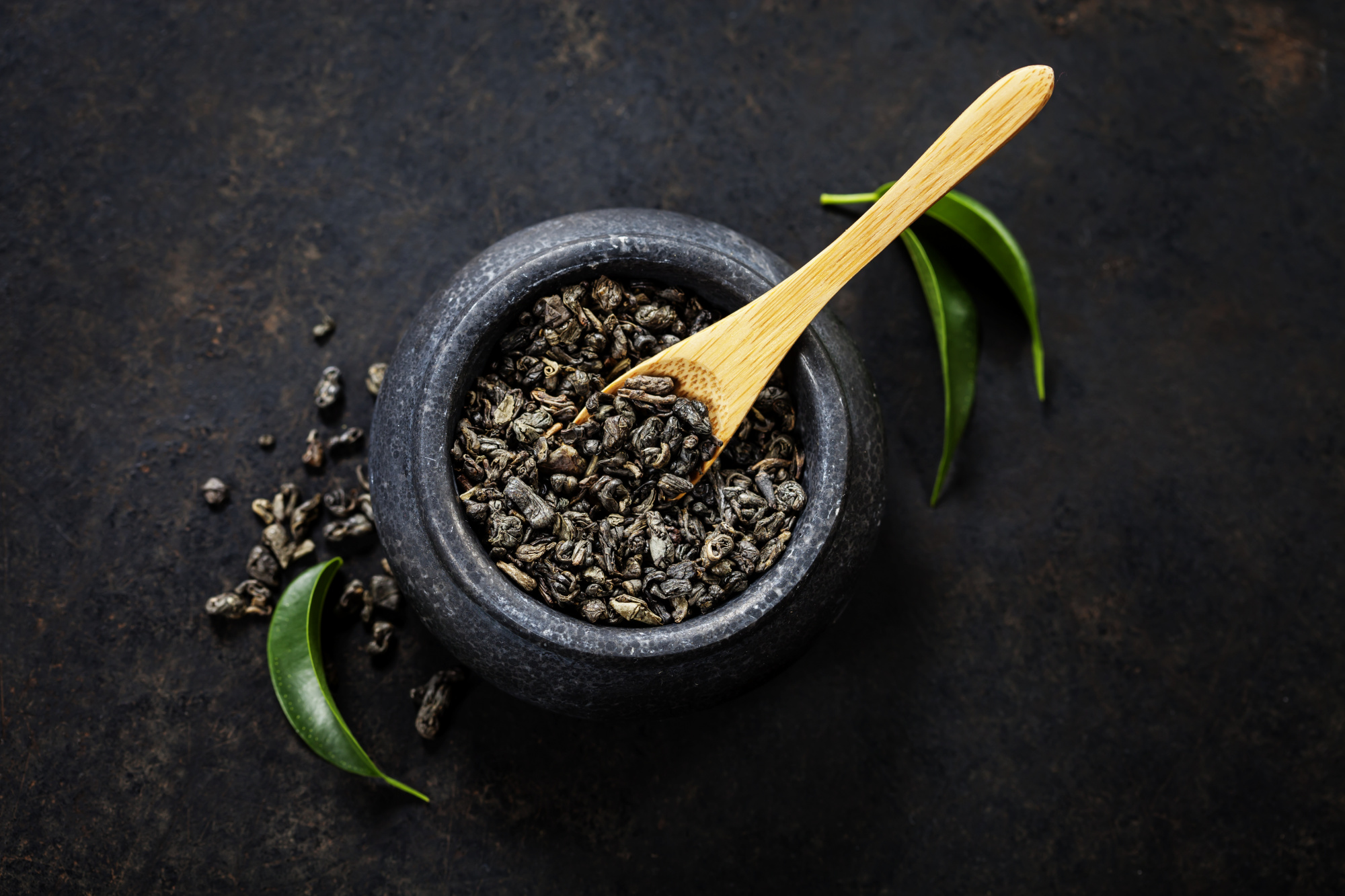Tea selection criteria

Content
- Features
- Additional criteria
- Uniformity indicator
- Level of curl of the tea leaves
- Drying level
- Odor
Herbal tea has been in great demand at all times. Our distant ancestors had an idea of what properties it has, and considered such drinks to be healing. It is worth noting that the benefits of a product directly depend on its:
- sorts;
- quality;
- type of processing;
- species and not only.
To buy only natural, safe and environmentally friendly tea, you need to pay attention to the main selection criteria.
Features
The properties of tea are directly affected by the classification of raw materials, of which it may have several. First of all, attention is paid to the integrity of the foliage. The goods are:
- large-leaved;
- middle leaf;
- small-leaved;
- in the form of a crumb.
Further, products are subdivided according to the type of processing. Tea can be purchased:
- long, that is, crumbly;
- granulated;
- pressed into tablets, tiles, bricks, etc .;
- extracted - quickly dissolving in boiling water.
The choice depends only on the preferences of the consumer.
Additional criteria
On the modern sales market, you can buy tea of the following shades.
- The black. There may be shades of brown, brown, rusty, grayish tones.
- Green. It is deep green and almost white. Should not be present: brown leaves, uneven coloration, which will indicate a mixture of different yields, and this reduces the quality of the product.
- White.
- Yellow.
- Red.
- Turquoise. It is often called blue oolong.
Often, different varieties can be harvested from the same bush, and how delicious the tea will be will be affected by:
- assembly method;
- harvesting technology;
- fermentation level.
According to the last criterion, several types can be distinguished.
- Unfermented. This category includes tea with a white, green hue. It is harvested by means of such works as: drying, twisting. Other technologies can be applied as well.
- Fermented. Mostly black varieties.
- Semi-fermented. This raw material for the drink undergoes partial fermentation. These are leaves of yellow, red, turquoise tea.
- Postfemented. Mostly Puerh.
Uniformity indicator
This parameter is especially important. The raw materials should be homogeneous, but when purchasing, you can easily consider that the tea leaves will differ from each other. This is permissible in loose varieties. Granular and pressed products will reveal their mysterious sides when brewing, but instant products will only paint over the water without creating a pleasant aroma. A high-quality brew should not contain:
- small tea leaves;
- dust;
- stick;
- pieces of bark;
- paper;
- particles of foil.
Level of curl of the tea leaves
This is another type of classification for whole leaf tea.
- Strongly twisted.
- Weakly twisted.
- Untwisted.
If there is no curl, then this indicates the use of the natural drying method. True tea professionals believe that the tighter the leaf is curled, the better the fermentation has been achieved. The result is first-class raw materials, and the drink will be strong, rich. This fact can also tell about how conscientious the manufacturer is.
Drying level
To buy a tea that will meet expectations, you should inquire about the manufacturing technology, as well as the conditions in which the raw materials are stored. The maximum allowable humidity in the surrounding atmosphere is 6%. Exceeding this value, for example, up to 20%, will worsen the quality of the finished product. The process of decay, mold formation can be started. As a result, the tea leaves will be not only useless, but also dangerous, and in some cases poisonous.
Numerous studies have proven that overdried raw materials will be no less bad than waterlogged ones. Humidity should not be less than 3%, otherwise the tea leaves become brittle.
Odor
Each variety has certain distinctive notes. They may be:
- herbaceous;
- floral;
- resinous.
A true connoisseur of a tea drink, provided that it is of high quality, will be able to determine the main note and smell it when buying a brew. The smell is paid attention only to determine the composition of the raw material. If during harvesting in the chamber there was low humidity and the leaves are overdried, then the foliage can be burned. Such tea is presented for sale at a low cost, and it is unlikely to allow you to enjoy all the shades of the components that make up the composition.
Natural, first-class raw materials should not have any aroma other than what it naturally has. Accordingly, if a product that smells of metal, fish or gasoline falls into your hands, then you should refuse to purchase. This confirms that the manufacturer or supplier has violated the storage conditions.
- Comments